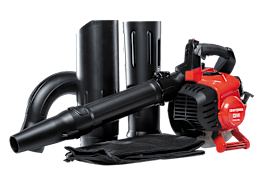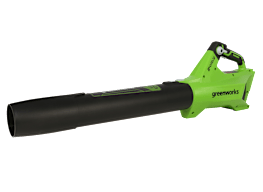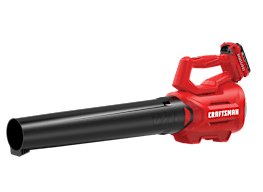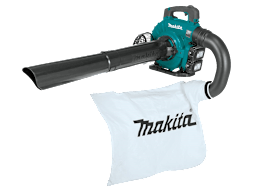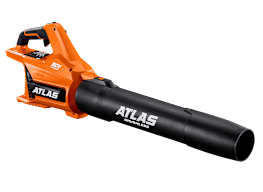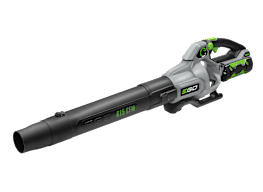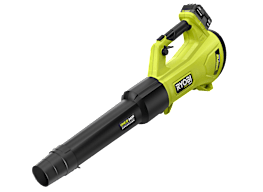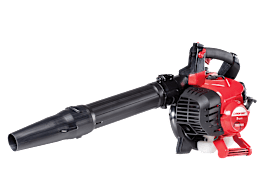
Leaf Blower Buying Guide
Fall is no doubt a beautiful time of year, as leaves transform into flaming reds, oranges, and yellows—as they accumulate, a leaf blower can make short work of clearing the mess. And a great leaf blower isn’t just a once-a-year tool for clearing fallen leaves—it’s useful year-round, for cleaning summer’s sandy decks and winter’s light snow, as well as dirty walkways and porches.
You can choose from gas, corded electric, and cordless electric (battery-powered) leaf blowers. There are also a variety of styles—from handheld models to backpack blowers to wheeled varieties. The best leaf blower for you depends on the work required and your own preferences. Whichever you choose, remember to wear goggles and a dust mask; they’ll protect your eyes and lungs from fine particulates blowing around, especially in dusty, dry conditions.
How CR Tests Leaf Blowers
CR’s test engineers rope off a standardized swath of grass, and they dump bag upon bag of leaves inside the boundary. Backpack blowers and wheeled blowers get a larger area with more leaves because both are designed for larger yards and professional landscaping crews.
We time how long each blower takes to clear the pile, and whether the tool moves every last leaf—some leaf blowers struggle by the time we get to the bottom of the pile, where leaves can become embedded in the grass.
Some years we go through 2,500 pounds of leaves in the process. Because we can’t rely on that quantity to fall on our Yonkers, N.Y., campus each autumn, we often start collecting and storing fallen foliage a year in advance.
For our tests, we select a broad mix of the models you’ll see at home centers and hardware stores, with tools from brands including Black+Decker, Echo, Ego, Husqvarna, Ryobi, Stihl, Toro, and Worx.
Gas vs. Electric Leaf Blowers
Before you weigh your options, check your town’s regulations to see whether you even have options. Some ban gas leaf blowers altogether because most (though not all) tend to be louder than any type of electric variety. Even if your town allows gas leaf blowers, you may want to consider the noise aspect. Generally speaking, the difference in decibel levels can be significant. If you don’t need to blow leaves for long stretches—like half an hour or longer—you might do well with a battery model.
That’s not to say battery blowers are less powerful than gas blowers, especially when it comes to the typical yard. Despite being relative newcomers to the field, many battery leaf blowers now offer power on a par with gas models. It’s just that they have a limited run time per battery charge—expect 8 to 30 minutes on a charge.
With that in mind, if you have a large expanse of land with lots of leaves, you might consider gas. A gas leaf blower—even handheld and backpack varieties—can be taken far and wide for an indefinite amount of time as long as you keep the tank full. It’s also the only kind that’s available as a wheeled option, which makes for easier, quicker cleanup. Keep in mind that a gas leaf blower, like any gas-powered tool, requires more maintenance than an electric model.
Electric blowers, whether corded or cordless, are better for the environment. They have no emissions at the point of use, and they run far more efficiently. In our surveys, they’re also more reliable, which means they’re less likely to end up in a landfill.
A Few Words About Noise
As anyone with an early rising, yard-obsessed neighbor can confirm, a running leaf blower can get really loud. Product labels list decibels, so you can compare noise levels as you shop.
Some communities prohibit leaf-blower use during certain hours; others ban gas blowers altogether because they tend to be louder than electric models. In California, some communities ban all leaf blowers, no matter how quiet their operation.
Check your town’s regulations or go to the Noise Pollution Clearinghouse for a nationwide list of guidelines. Then check the 50-foot noise scores in our leaf blower ratings. Models that earn Excellent ratings should meet the toughest limits, and those that receive Very Good or Good ratings are likely to meet most restrictions. But keep in mind, blowers that are relatively quiet at a distance can still be very noisy up close.
CR recommends wearing hearing protection while using a leaf blower, especially with models receiving a Good or lower rating in our noise-at-ear-level tests. We also suggest you avoid running even the quietest blowers very early or late at night so that you don’t disturb sleeping neighbors.
Types of Leaf Blowers
Selecting the right leaf blower comes down to your terrain, yard size, and budget. Both gas and electric models take much of the work (and blisters) out of raking up fallen leaves and other yard and driveway debris.
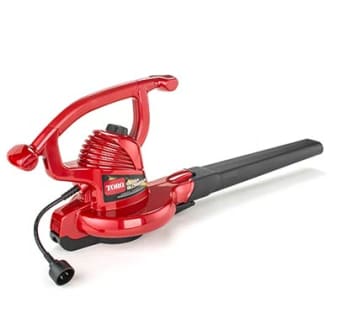
Corded Electric Leaf Blowers
Corded models typically weigh 8 pounds or less and are designed for one-handed use. No-hassle push-button starting and zero exhaust emissions are pluses, as is power that approaches what you’ll get from a handheld gas blower. But the power cord limits your mobility and can be a hassle around trees and other obstacles. Consider an electric blower if a power outlet will always be within 100 feet of the work area.
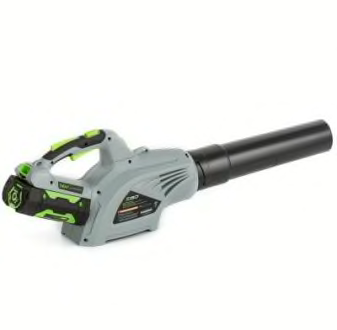
Battery-Powered Handheld Leaf Blowers
These tools, also called cordless electric leaf blowers, are slightly heavier than corded electrics (though still usually less than 10 pounds) and more maneuverable. They’ve become popular among people who shun the maintenance requirements of a gas-powered model—and don’t want to be tethered to a power cord. Power can be on a par with the best gas blowers, too. Rechargeable batteries run for about a half-hour, tops, so if the chore takes longer, you’ll have to take a break while your battery juices up—or have a second battery on hand.
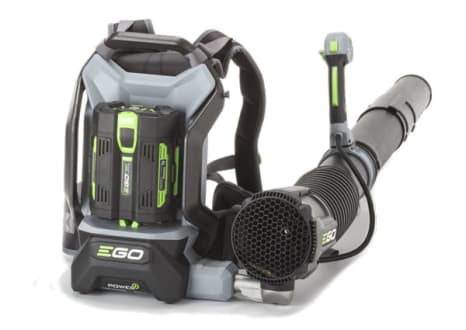
Battery-Powered Backpack Leaf Blowers
These tools blend the best attributes of battery handheld blowers and gas-powered backpack options. Like most battery blowers, they are quiet, start effortlessly, and use no gasoline or oil. They’re typically more powerful than handheld battery blowers, while also providing improved run times—many battery backpack blowers come with 5.0- or even 7.5-amp-hour batteries, compared with the 2.5-amp-hour batteries that are standard on most handheld models.
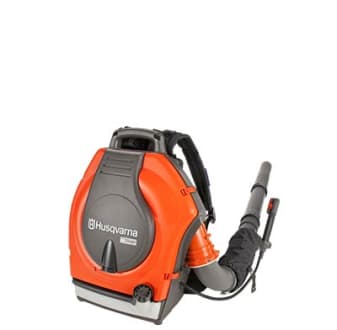
Gas-Powered Backpack Leaf Blowers
These blowers are typically more powerful than handheld models. Most weigh 17 pounds or more—almost twice as much as a gas-powered handheld blower. But your back and shoulders, rather than your arms, support the weight. Like handheld gas models, they’re a bit noisier than electrics. They can’t vacuum or shred. And they cost more than handheld blowers.

Gas-Powered Wheeled Leaf Blowers
Need lots of oomph to quickly clear a sizable area? A wheeled blower might fit the bill for large yards. But this type has a few drawbacks. Wheeled blowers can’t vacuum or shred, and they require about 8 square feet of storage space. At 100 pounds or more, they’re bulky, and not easy to maneuver and push, especially uphill. They’re usually noisy and expensive—though a few models are surprisingly quiet and should meet even the toughest noise limits. Large four-stroke engines require no mixing of fuel and oil.
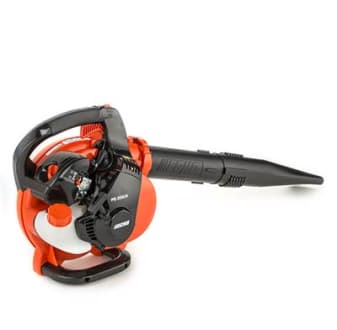
Gas-Powered Handheld Leaf Blowers
Gas handheld blowers can go anywhere, and they never require a charge. You do need to yank a pull-cord to start the engine, and gas engines require periodic tuneups. Most models weigh about 10 pounds. And though they’re quieter than they used to be, gas models are usually still quite loud, so it’s best to wear hearing protection. The majority have two-stroke engines, which require mixing fuel and oil. Those with four-stroke engines let you skip that step, and they run cleaner.
Leaf Blower Features
Some leaf blower features add convenience, while others enhance safety. Here’s what to consider.
- 1
- / 7
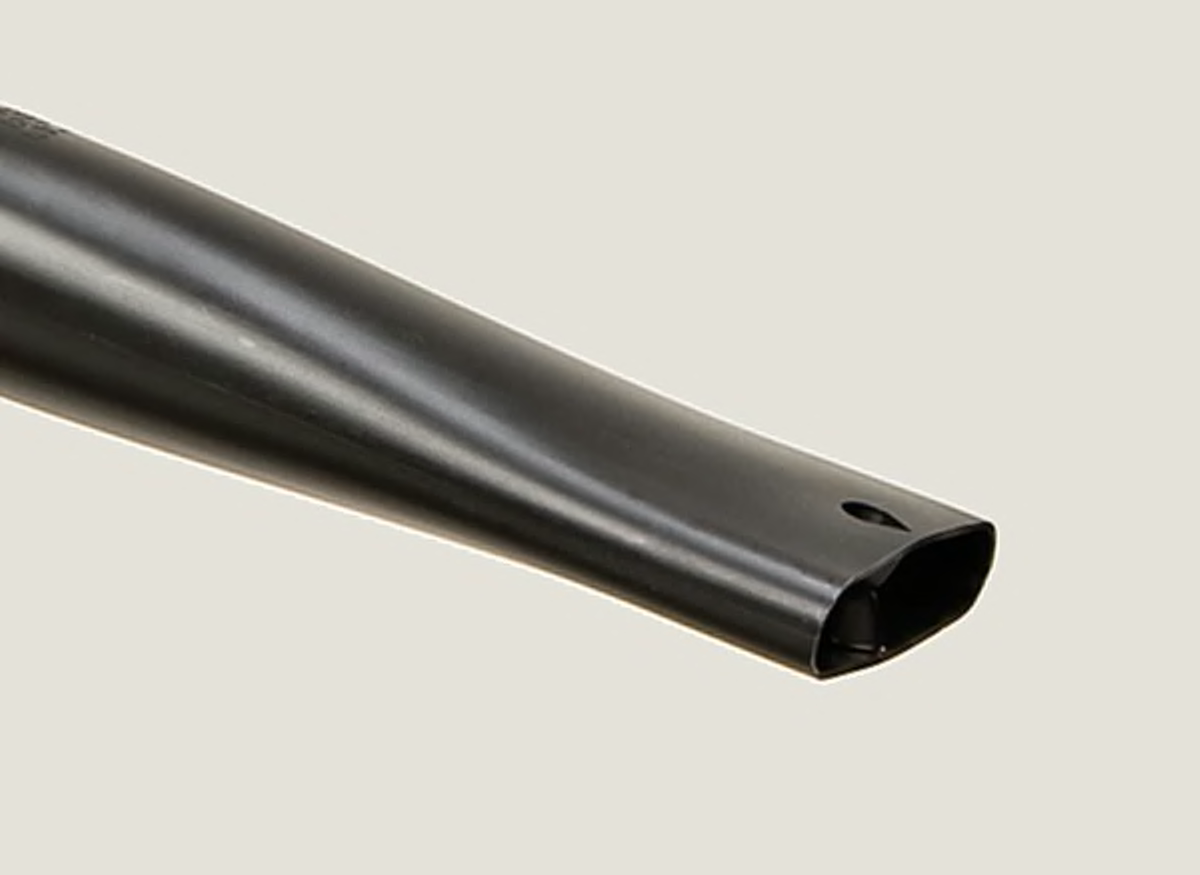
Nozzle Design
Choose a model with both a rounded and flattened tip; or opt for a rounded one, then supplement it with a separate flattened-tip attachment. You’ll use the flattened tip (shown above) for sweeping loose leaves and the rounded tip for loosening leaves that are embedded in the lawn.

Speed Control
Multiple speeds on an electric blower, or a variable throttle on a gas-powered model, lets you increase power for sweeping hard surfaces or open ground and decrease it around fragile garden beds.

Shutoff Switch
A good safety feature, this convenient switch lets you quickly and easily turn off the electric motor or gas engine.
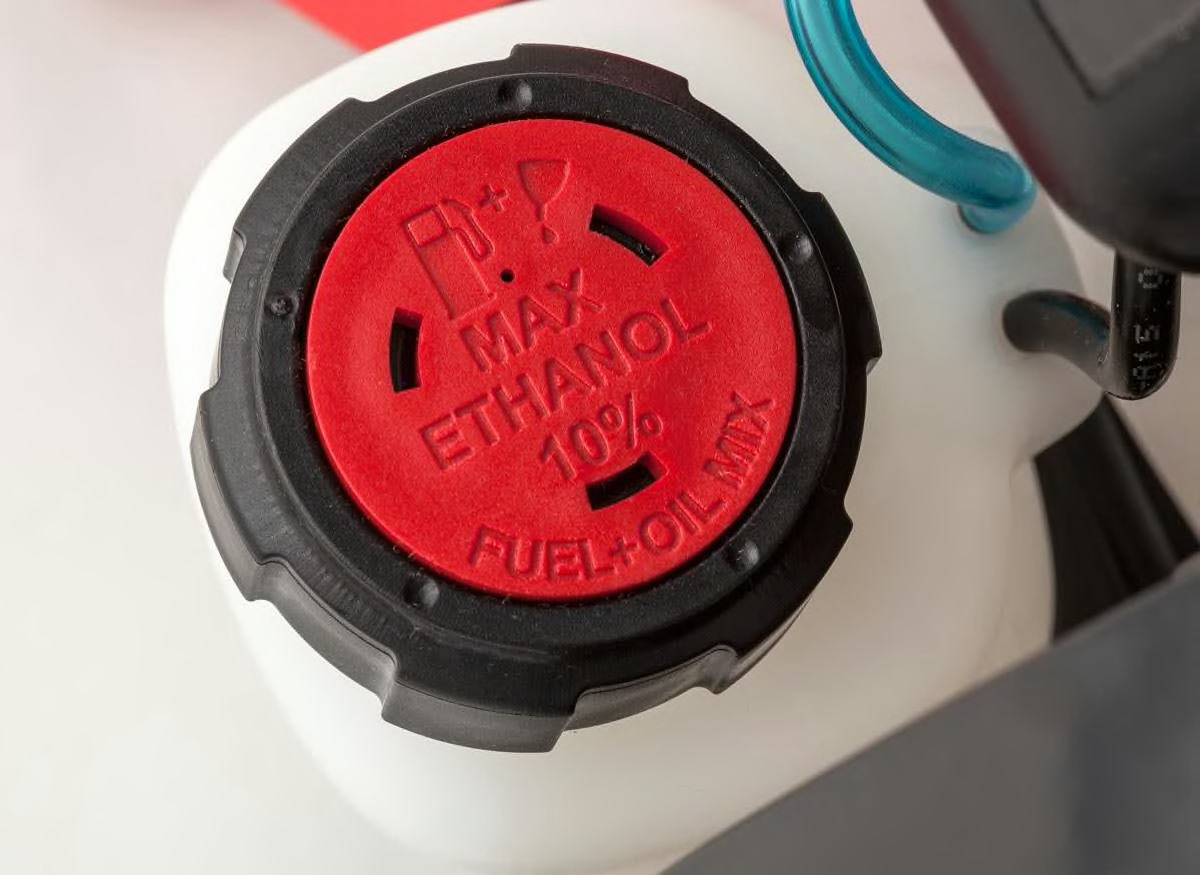
Easy-to-Fill Fuel Tank
A clear tank means that you can tell, at a glance, when fuel is running low. And a wide opening reduces the chance of a fuel spill.
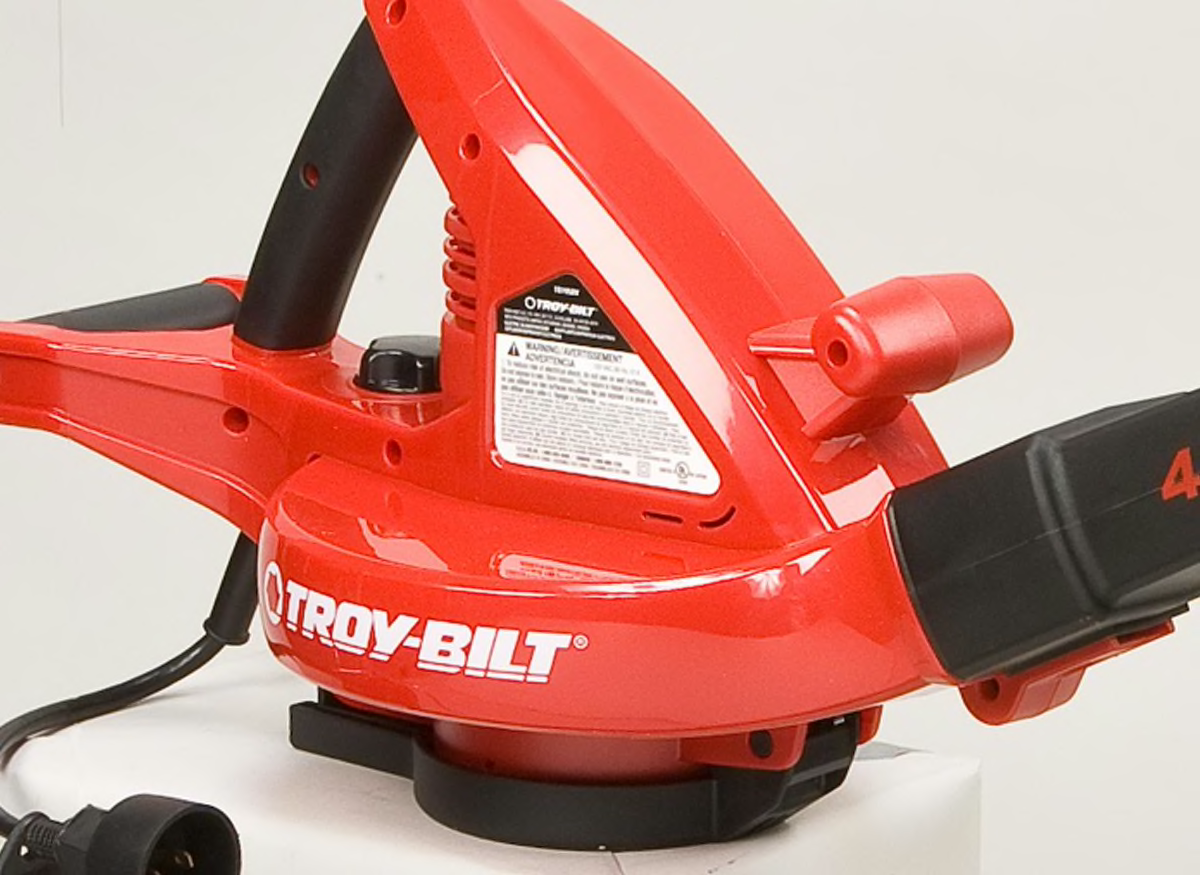
Bottom-Mounted Air Intake
On handheld models, a bottom-mounted air intake is less likely to pull annoyingly at your clothing than one mounted on the side—though side-mounted intakes tend to be more annoying for left-handed users.

Adjustable Air Deflector
On wheeled models, an adjustable air deflector lets you adjust the airflow forward or to either side. That’s handy for collecting leaves in one big pile or when you work alongside a wall, a hedge, or another obstruction.
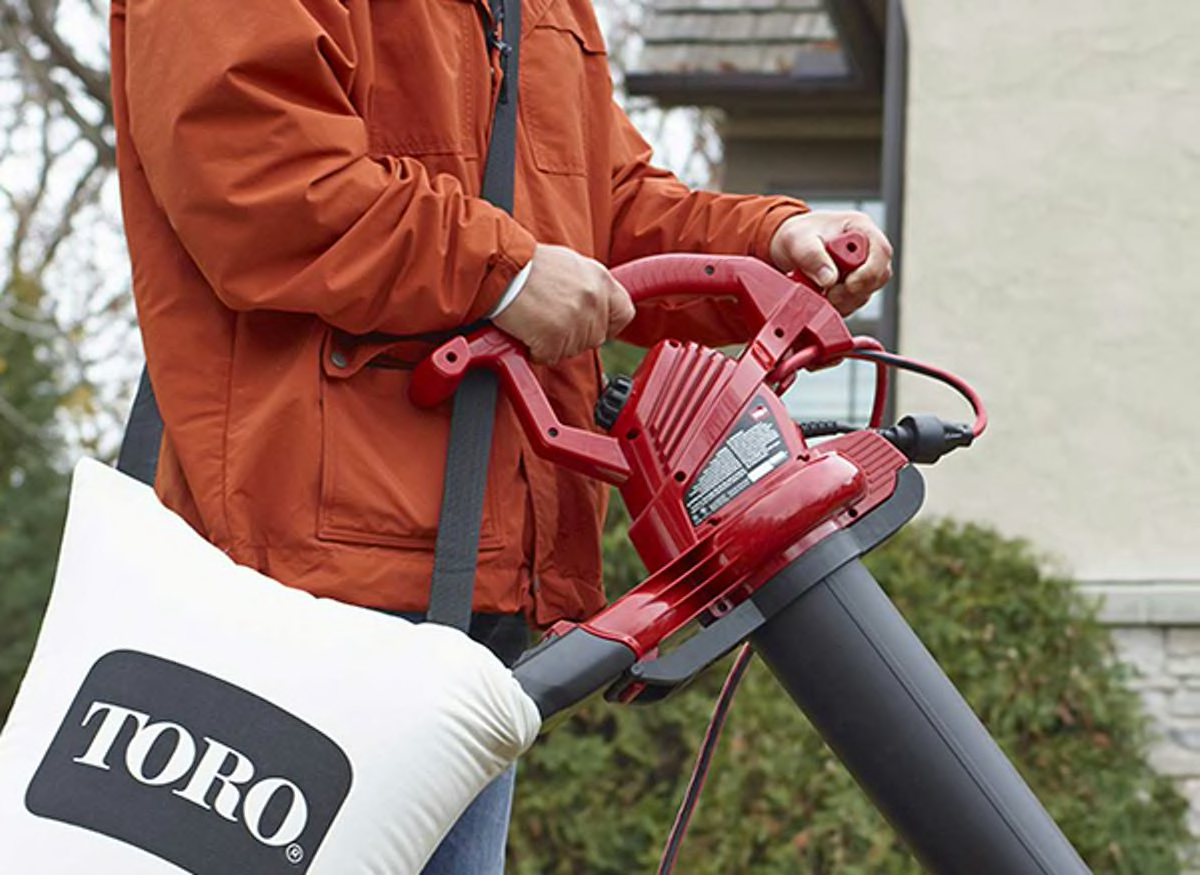
Helper Handle
The majority of handheld models have a single handgrip, but some are designed with a second handgrip for better control and weight distribution.
Nozzle Design
Choose a model with both a rounded and flattened tip; or opt for a rounded one, then supplement it with a separate flattened-tip attachment. You’ll use the flattened tip (shown above) for sweeping loose leaves and the rounded tip for loosening leaves that are embedded in the lawn.
Speed Control
Multiple speeds on an electric blower, or a variable throttle on a gas-powered model, lets you increase power for sweeping hard surfaces or open ground and decrease it around fragile garden beds.
Shutoff Switch
A good safety feature, this convenient switch lets you quickly and easily turn off the electric motor or gas engine.
Easy-to-Fill Fuel Tank
A clear tank means that you can tell, at a glance, when fuel is running low. And a wide opening reduces the chance of a fuel spill.
Bottom-Mounted Air Intake
On handheld models, a bottom-mounted air intake is less likely to pull annoyingly at your clothing than one mounted on the side—though side-mounted intakes tend to be more annoying for left-handed users.
Adjustable Air Deflector
On wheeled models, an adjustable air deflector lets you adjust the airflow forward or to either side. That’s handy for collecting leaves in one big pile or when you work alongside a wall, a hedge, or another obstruction.
Helper Handle
The majority of handheld models have a single handgrip, but some are designed with a second handgrip for better control and weight distribution.
Leaf Blower Brands
This leading marketer of electric and battery leaf blowers uses the Leaf Hog line name on some models. Black+Decker makes mostly lightweight, plug-in electric models that weigh 5 to 8 pounds. Its leaf blowers are among the most widely available and can be found at mass merchants, home centers, online retailers, and hardware stores.
Craftsman is one of the leading brands of electric and gas leaf blowers. The Craftsman gas leaf blower line includes handhelds and backpacks. Craftsman is now owned by Stanley Black+Decker, with many tools available at local hardware stores, as well as at Lowe’s.
This premium brand from Stanley Black+Decker makes leaf blowers, string trimmers, and other outdoor tools that share a 60-volt battery platform.
Echo makes professional-grade handheld and backpack gas leaf blowers. Its gas blowers tend to be more lightweight but offer considerable power. They’re available at Home Depot, Walmart, outdoor power-equipment dealers, and hardware stores.
This brand makes battery-powered handheld and backpack-style blowers. Ego leaf blowers use the same 56-volt battery that powers the company’s electric lawn mowers, string trimmers, chainsaws, and snow blowers. The manufacturer’s leaf blowers and other outdoor power tools are available online and at Lowe’s.
A major manufacturer of gas-powered outdoor power equipment, Husqvarna—from Sweden—makes leaf blowers, chainsaws, and string trimmers, among other tools. It makes premium handheld gas and battery blowers, as well as backpack blowers, many of which are marketed to professionals. Its products are sold at local dealers, Lowe’s, and Walmart.
Kobalt is a Lowe’s-exclusive brand of leaf blowers, string trimmers, mowers, and other outdoor power equipment. Kobalt makes primarily battery handheld leaf blowers.
Makita specializes in making cordless leaf blowers that are powered by two 18V batteries, which can be used in hundreds of other cordless tools. Its leaf blowers are sold at Home Depot and Walmart, as well as on Amazon.
The house brand at Home Depot, Ryobi is a major manufacturer of leaf blowers in most configurations, particularly handhelds. It makes gas and battery handheld leaf blowers, as well as gas-powered backpack units.
Stihl makes professional-grade gas leaf blowers and high-end electric models. It sells exclusively through outdoor power-equipment dealers. Stihl uses the HomeScaper line name on some consumer-grade outdoor power equipment.
Another leading brand of electric leaf blowers, Toro makes lightweight plug-in electric models that weigh about 5 to 8 pounds. It uses line names Power Sweep, Super Blower, and Power Blower on some of its models. Toro leaf blowers are among the most widely available and can be found at mass merchants, home centers, online retailers, and hardware stores.
Weed Eater sells electric and gas leaf blowers. Its products are value-priced, and many are lightweight. Weed Eater leaf blowers can be found at mass merchants, online retailers, and hardware stores. (CR does not currently test Weed Eater leaf blowers.)
















